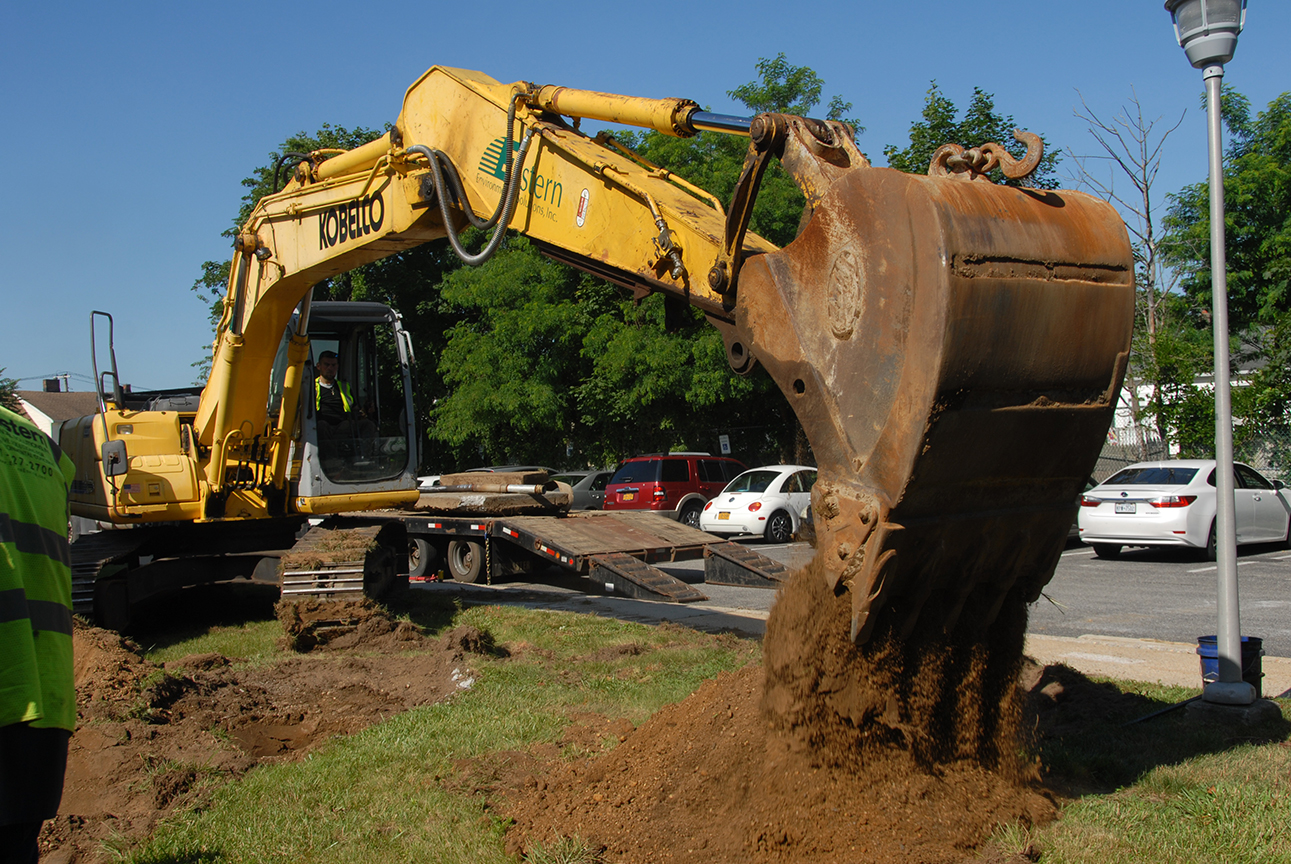Why Is Erosion and Sediment Control Important?
Erosion is a natural process that involves the transportation of sediment from one location to another by wind or water. Human-driven processes such as construction can exacerbate the rate of erosion, impacting the surrounding ecosystems.
Implementing an Erosion and Sediment Control Plan (ESCP) is an integral step in mitigating erosion in a construction area. ESCPs outline the precautions and/or engineering controls that should be taken in erosion-sensitive areas throughout the construction process to prevent erosion from advancing in those areas.
The Effects of Erosion and Sedimentation
The effects of erosion can cause a positive feedback loop. When erosion begins, soil is stripped away, causing vegetation to become scarce over time. The decline in vegetation holding the soil together leads to more erosion, thus reducing the soil’s ability to support biodiversity.
Opposingly, the accumulation of soil in aquatic habitats can cause the displacement of sunlight. This leads to plant starvation, which in turn forces aquatic species to relocate to more suitable areas and/or reduces their populations.
The impacts of erosion also include pollution of surface waters. When soil is transported from one location to another via runoff, it can carry pollutants such as pesticides and fertilizers and deposit them into streams and other waterways.
The sudden influx of chemicals in these waterways may lead to the damage of aquatic habitats. In areas where excessive nutrients from pesticides and fertilizers accumulate, algal blooms can form and decay. The decay of these photosynthetic organisms creates low levels of dissolved oxygen, threatening the survival of many aquatic species.
The Importance of Erosion and Sediment Control
As previously stated, erosion does occur naturally. However, human activities, such as construction projects, may accelerate and amplify the damage erosion causes. The use of barriers and drainage plans in erosion-sensitive areas can decrease the effect that human activities have on erosion.
A silt fence is an example of a temporary barrier for sediment accumulation caused by runoff. Porous fabric is held up by posts driven into the ground, capturing traveling sediment and preventing it from leaving the site while letting the water pass through the fabric.
A more natural and permanent solution to this issue is seeding. This is a practice used to establish vegetation on bare soil surfaces. A suitable seed mix is selected and the roots of the new vegetation hold the soil together, controlling sediment runoff.
Having a plan regarding how to avoid erosion on site is an important part of keeping environmental harm at a minimum.
Walden can prepare ESCPs, recommend erosion control methods, and perform erosion and sediment control inspections with our NYSDEC-certified inspectors. Contact us at 516-614-4595 to discuss your project today!

Make sure that your construction project is managing erosion and sediment properly. Contact Walden’s team at 516-614-4595 for help putting together a proper Erosion and Sediment Control Plan.
